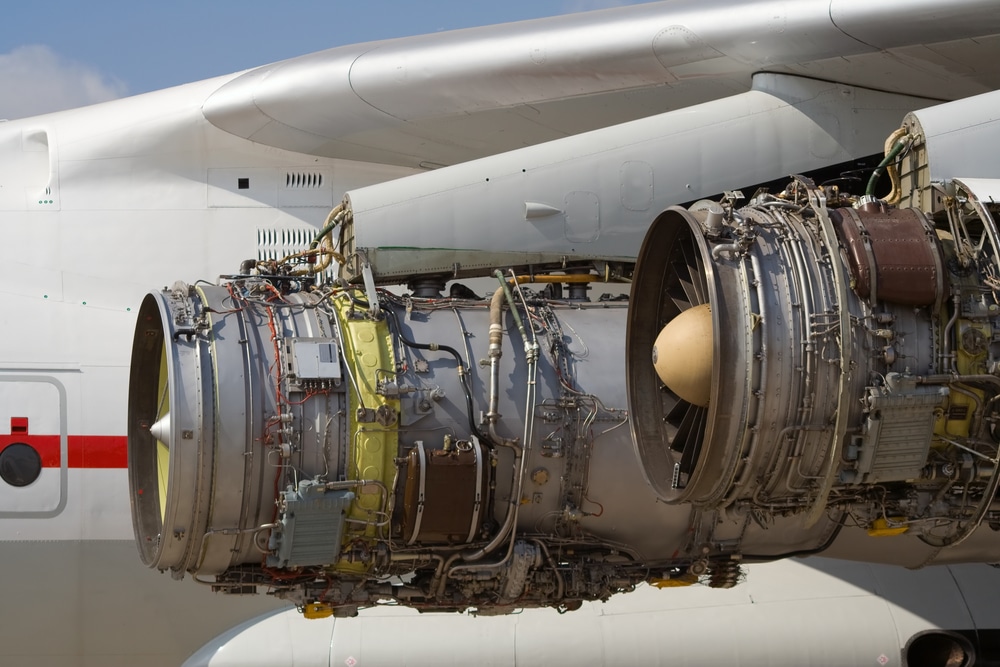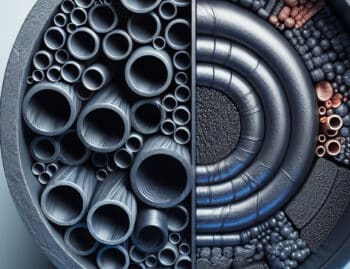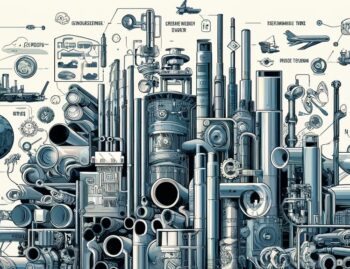
The space race is currently at its height, and steel is becoming a key player in the mad dash for territory control beyond Earth’s borders. Space travel is no longer a purely scientific or even a military endeavor.
Tourism and long-term relocation opportunities will soon be a reality, and the lightness yet resiliency of steel is a critical part of the plan to open up the great beyond to the masses.
Steel Solved an Intensely Complex Engineering Dilemma
The ultimate riddle that engineers must solve when it comes to aerospace travel is making light yet durable rockets that can carry the necessary weight (fuel, people, systems, equipment) needed to make it into Earth’s orbit. This concept may sound somewhat simple, but the needs of a highly volatile flight pattern are numerous, and finding materials that can be pieced together to create a perfect harmony able to propel spacecraft requires an incredible amount of innovation.
One of many obstacles engineers face is that durable metals are often high density, and bulk is the ultimate enemy of air travel. Nickel, gold, chromium, copper, cobalt, and iron can be used in small doses, but these materials can add too much weight to an air vehicle when allocated to larger in-flight systems.
Where Steel Lives in Spacecraft
Stainless steel pipe and tubing is widely used in the aerospace industry for tubing (specifically 304), fuel lines, piping, and rocket engines. In addition, the recent momentum gained in space expeditions has been accelerated by the modern propellant tank (a pressurized fuel tank) being crafted out of steel.
This has created a new frontier for space travel because of the complexity of this critical part of the spaceflight system that was previously crippled by collapsing under its own weight–until steel re-engineering came to the rescue.
Paving the Way For Reliable Space Travel
Steel far exceeds performance when contrasted with aluminum alloy. This elite substance works well in regular aircraft and spacecraft because it is one of few materials that can withstand pressure and deformation. Low susceptibility to corrosion also makes stainless steel pipe and tubing one of the most resilient materials in air travel today due to its performance in diverse atmospheric environments and resistance to extreme heat.
In addition, this resilient material has a high melting point and low chemical reactivity, which makes it highly compatible with substances such as cryogenic fuel, hot exhaust, or any other chemicals that it is likely to come into contact with.
Benefits of a Superior Alloy
Cheaper, lighter, and more durable is a combination that has brought the dream of modern aerospace into reality since weight management and durability is the crux of air travel. Finding pressure, fuel, and fire-resistant materials that can withstand severe element exposure is the ultimate task for scientists and engineers.
The emergence of steel is creating never before seen opportunities across the aerospace landscape, and the cherry on top of all of the benefits of this substance is that steel is often more affordable than other alloys.












